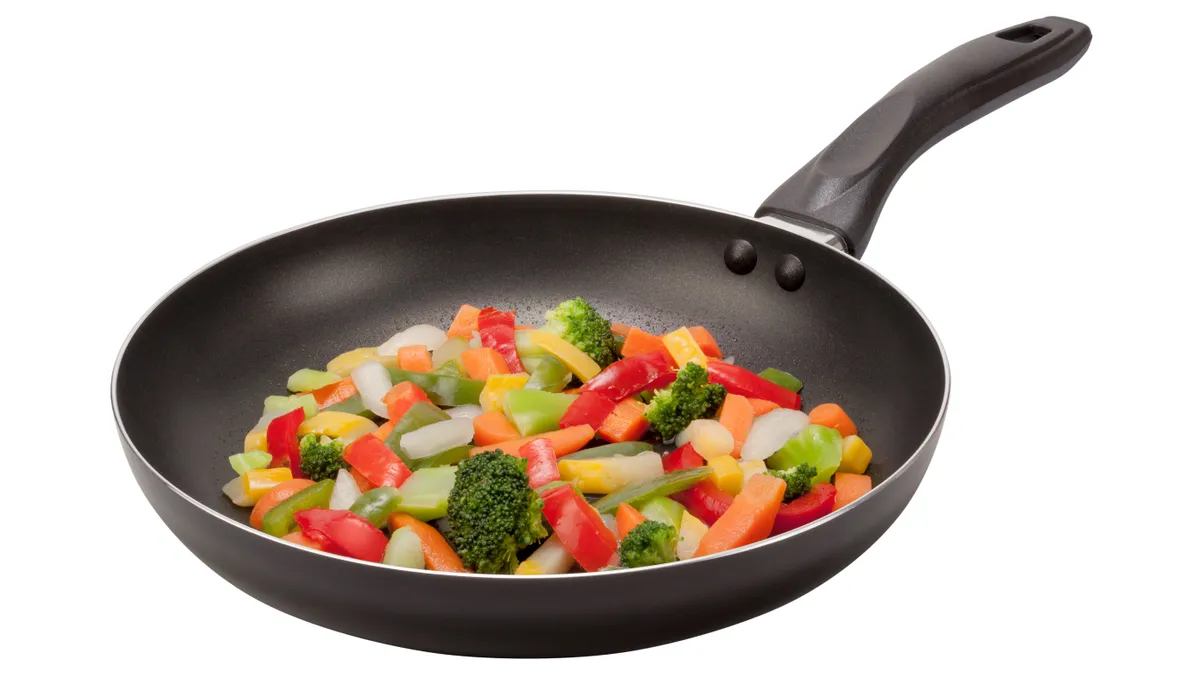Dive Brief:
-
In order to grow sales and compete, retailers must stop thinking about general merchandise as a monolithic category and instead focus on the potential of individual segments, according to the General Merchandise Benchmarking Report from the Global Market Development Center and global management consulting firm A.T. Kearney emailed to Retail Dive.
-
Although general merchandise sales in the Food/Drug/Mass (FDM) channel fell 3.5% last year (not counting online retailers), opportunities do exist for traditional retailers to boost sales.
-
The research uncovered five key strategies for food, drug and mass retailers to stem the loss of short-term sales and boost long-term growth: selling on-trend merchandise; offering a broad and deep assortment online; localizing the merchandise; adding digital promotions to boost traditional strategies; and featuring such merchandise alongside other core products.
Dive Insight:
The upshot of this report is that retailers must uncover ways to differentiate general merchandise in order to de-commmoditize it in the era of rising e-commerce.
The price-and-convenience play, which attracts savers who buy commodity goods with little differentiation, is being won by retailers with huge economies of scale, notably Walmart and Amazon, according to research earlier this year from Canadian retail tech firm Hubba, which connects retailers with brands. But this report uncovers ways to combat that.
"Retailers who are on-trend, online, localized, promote and personalize will succeed in GM," A.T. Kearney Principal Charisse Jacques said in a statement.
There are many opportunities for re-thinking general merchandise and GM marketing. Urbanization and the "foodie" lifestyle are attracting shoppers to the kitchen category, for example. Similarly, the household category is influenced by growing consumer awareness of the environment, which is stoking sales of LED lights.
Each store's local community should shape its choices, too, according to the report. Within a chain, a rural location might need a broad assortment while an urban one may need to focus on immediate consumer needs. Yet nearly a quarter of retailers report making merchandising decisions based on a single, chain-wide assortment, the report said.
And while the online channel may loom as unwelcome competition, retailers that tamp down their traditional promotions, like temporary price reductions, are three times more likely to have negative year-over-year GM sales, those increasing their digital offers are four times more likely to enjoy positive sales growth. All but about 10% of retailers surveyed are increasing their investment in personalized offers across all non-food items.
Finally, creating cohesive, solution-oriented stories around general merchandise is a growing strategy among 52% of retail leaders surveyed, according to the report. Integrating those items into the store rather than separating them into their own aisle elevates the shopper experience. These strategies are boosting not just the retailers but the merchandise itself, according to GMDC president and CEO Patrick Spear.
"[S]everal of the products selected as the Top 10 at our General Merchandise Conference in June advanced in part because they align with trends noted in this report, or because they could help retailers tap into these trends," he said in a statement. "For example, seven of the Top 10 products represent kitchenware or gadgets, aligning with the 'foodie lifestyle' as one of retail's current and predominant trends."















